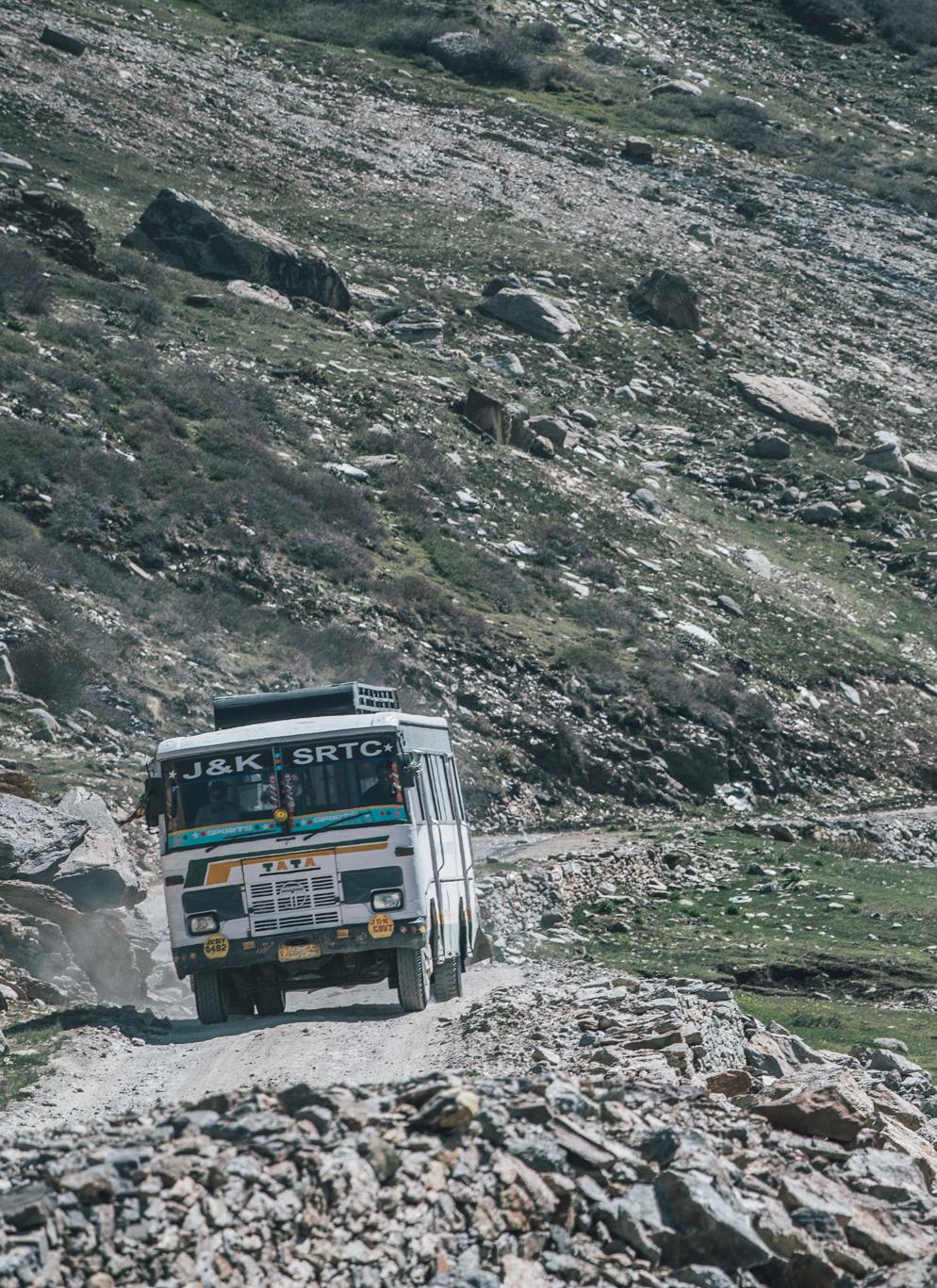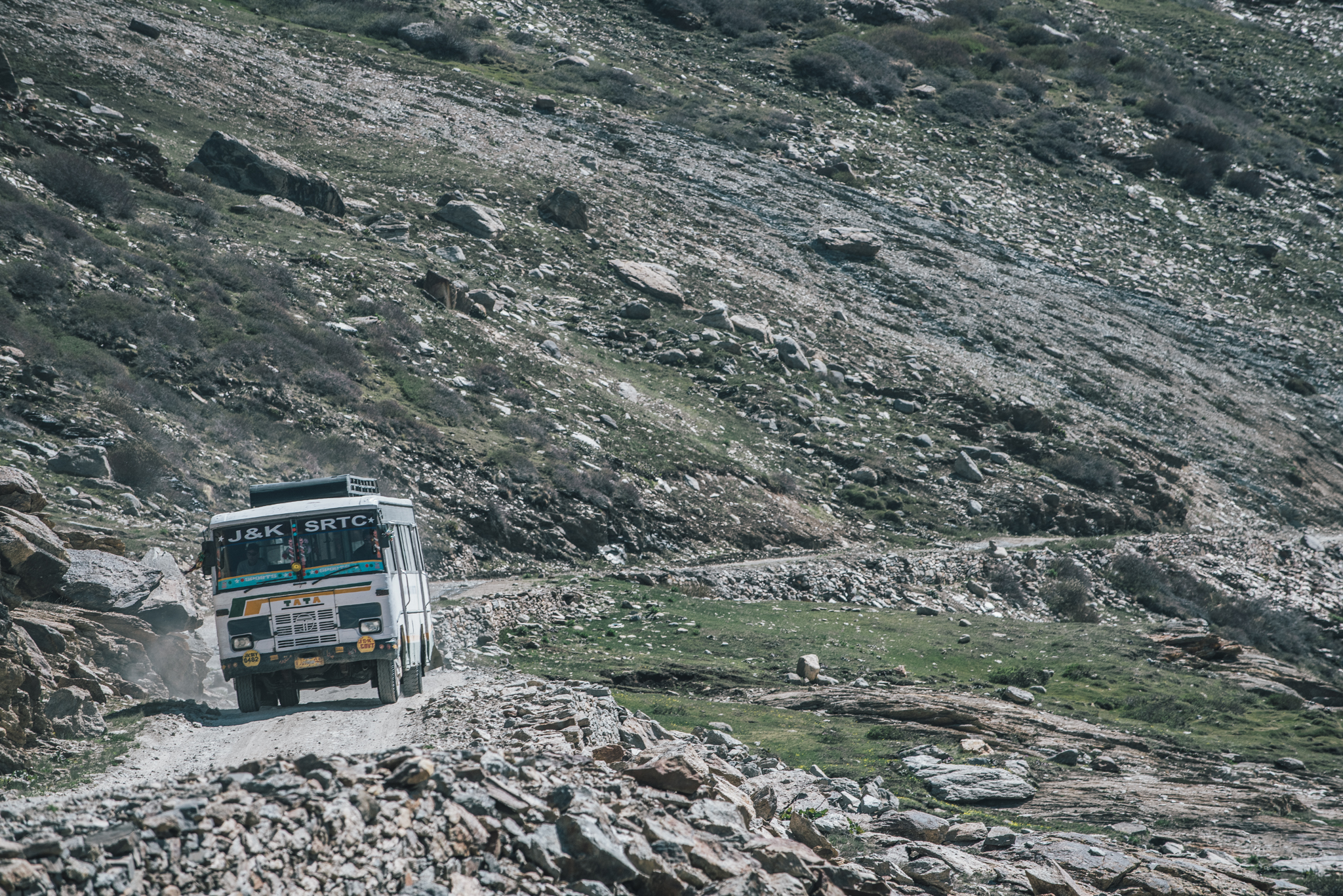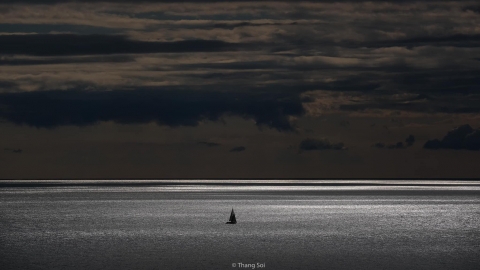Hot!
In 2018, HRTC (Himachal Road Transport Corporation) opened a direct route from New Delhi to Leh, the capital of Ladakh, a region on the edge of Tibet in the state of Jammu and Kashmir. To reach the destination, passengers must spend 33 hours on 1,050 km, crossing 4 mountain passes.
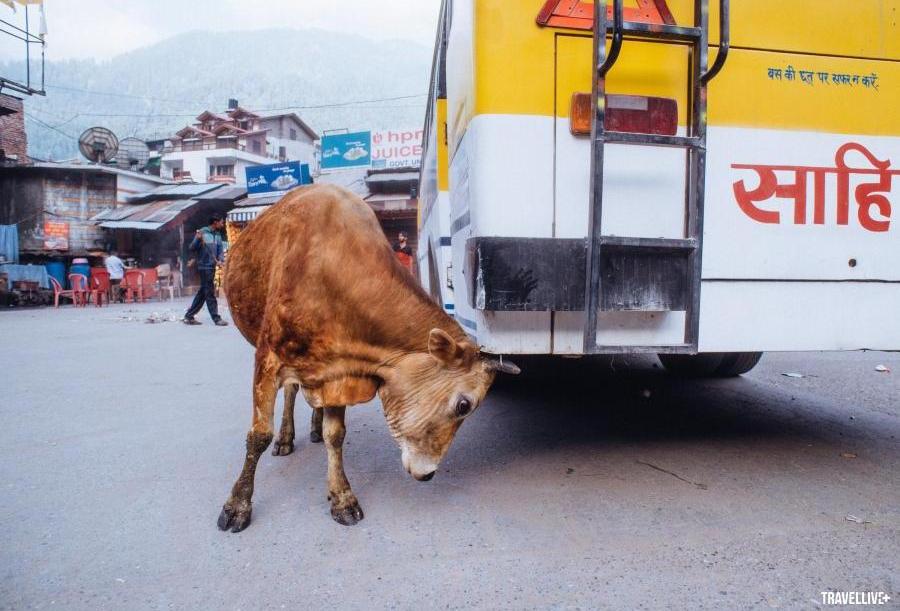

Without air conditioning, the 47-passenger Tata Ordinary, in a 2x3 seating configuration, will be challenged first when struggling to weave through one of the world’s hottest and most polluted cities. The heat from the sun hitting the asphalt and the people in the metal box is not pleasant. All the windows must be opened to let the breeze push the heat out of the back of the car.
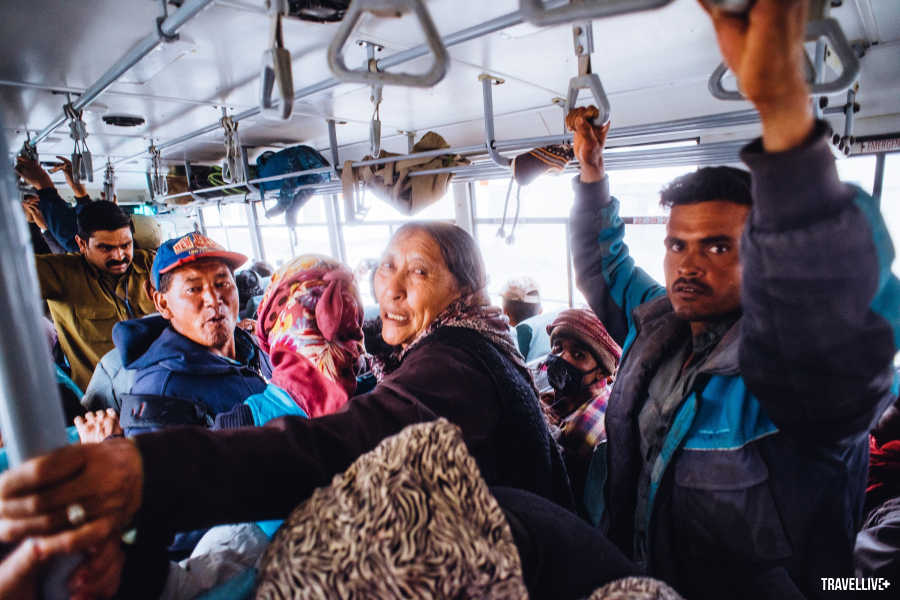
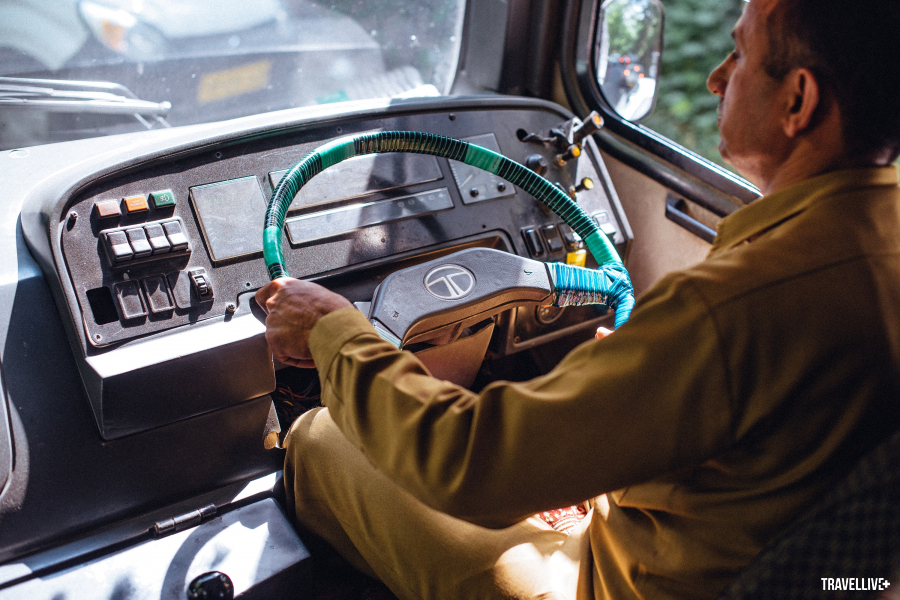

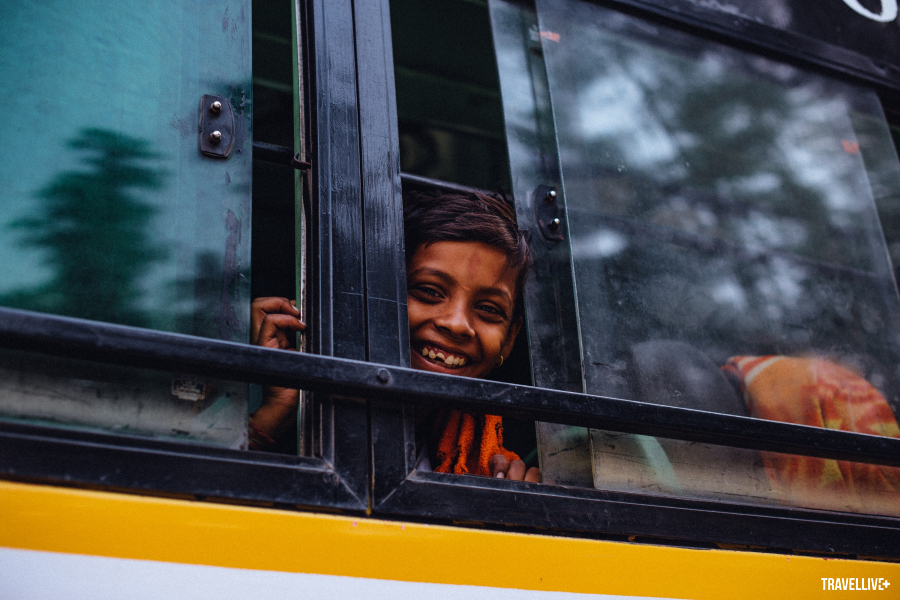
Speeding through the countryside, passengers will easily observe a pure Indian lifestyle, or the famous trucks decorated colorfully like giant boxes of crayons. However, the hardness of the seats will make you exhausted and unable to sleep, 50cm of narrow aisle space in the middle is more precious than business class on an airline.
Fortunately, this weather condition only occurred in the first half of the journey, the car drove all night to reach Manali, the famous tourist town in Himachal Pradesh state, early in the morning. We had about 20 minutes to clean up and have some breakfast before starting the first exciting and thrilling kilometers on the famous Manali-Leh “highway”.
One of the most dangerous highways on the planet
Due to the terrain and weather conditions, the approximately 500km road is only open for about three months a year, from early June to mid-September, and there are no fixed times. Buses can only run when the BRO (road construction and maintenance agency) tells them when the snow has stopped falling and the road has been cleared. In addition, there are frequent risks of flash floods and landslides that can disrupt the journey.


Be prepared for the sudden change in all your senses that can be quite a shock. Given its location and climate, Manali has the nature and scenery of the European mountains that I used to read about in books. The eternal snow mountains and glaciers start appearing right after the first super tight hairpin turns.

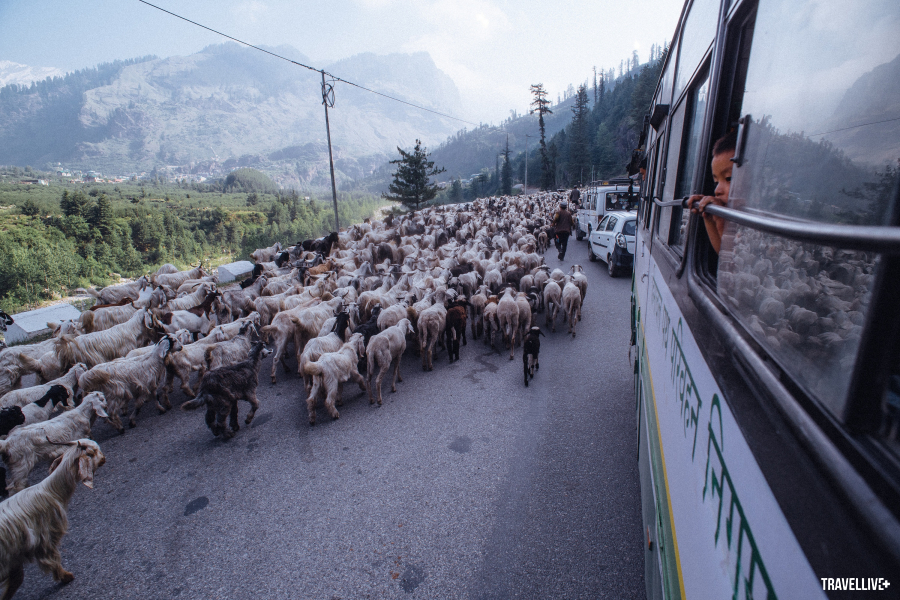

Before entering the territory of the passes, of course you will be greeted by… the pass. Only about 52 km from the center of Manali, the car must pass Rohtang Pass, a pass with an altitude of 3,978 m and considered a special gateway to enter the Buddhist cultural region. Although not particularly high and difficult to pass, Rohtang Pass is famous for being dangerous because of unusual snowstorms.

Passing Rohtang Pass, you will face a bit of difficulty due to traffic jams. The reason is that there is a checkpoint to control vehicles and people. There are lines of cars waiting to move on, and the Royal Enfield motorcycles (very popular here) of bikers can easily squeeze through.
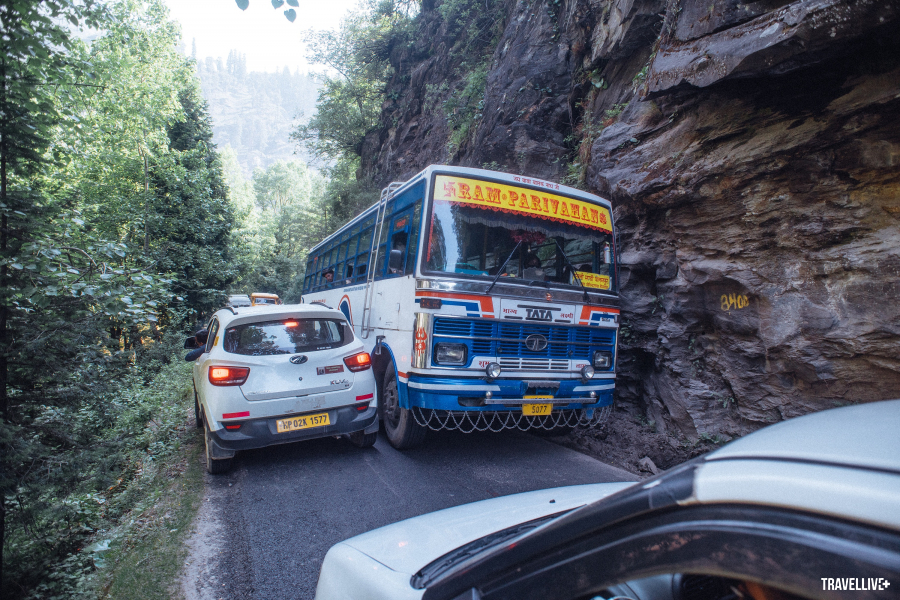
The Manali - Leh Highway is a complex geopolitical location, so you have to get used to having to show your passport at checkpoints from time to time. But don't worry, just show your passport and the bus attendant will help you. Bus attendants in Ladakh are truly the driver's right-hand man and second pair of eyes. Apart from basic tasks like tearing tickets, they are like a 360-degree camera. With narrow, steep and extremely dangerous roads on the road, the bus attendant almost always has to jump up and down to observe and then alert the driver with a small whistle worn on his chest.
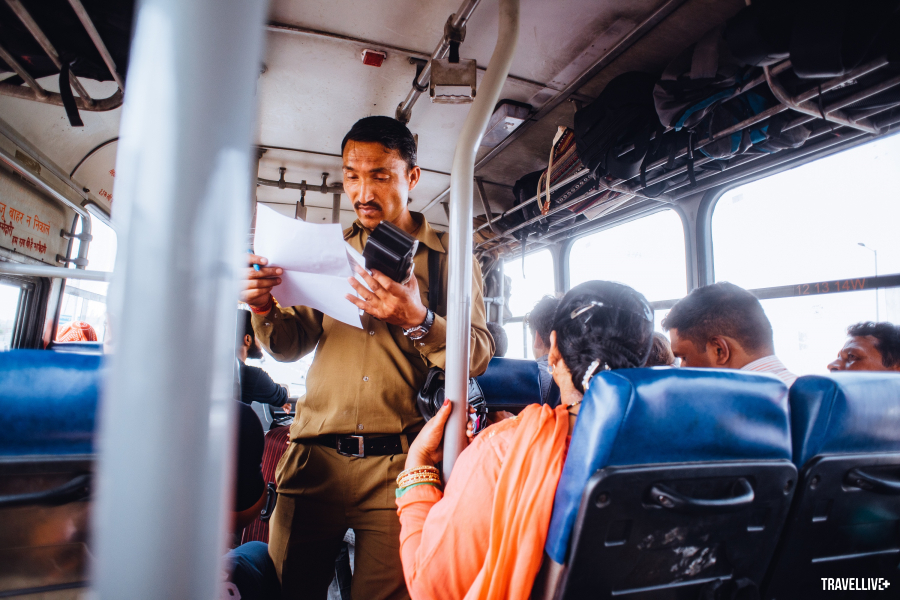
In addition to the never-ending hairpin bends, the road surface is also a nightmare, with the road surface becoming nothing but gravel after each winter. The asphalt that covers the road surface can sometimes slide a meter away from its original position.
On one side is a mountain, on the other side is a deep and steep abyss that you know will take a long time before the car stops rolling. The lane is only wide enough for one and a half cars so the drivers here know how to give way to each other, sometimes they have to observe a kilometer in advance to swerve into the avoidance area, giving way to oncoming vehicles. Only drivers with many years of experience are allowed to participate in this route, they are professional and highly focused.
Close-up of a "collision" between two cars going in opposite directions on a mountain pass
Compared to using air services, traveling to Leh by road is also a way to help the body adapt to the altitude, because next you will have to face 3 more passes including: Baracha La (4,890 m), Lachulang La (5,079 m), and the last rampart is the second highest pass in the world that can be traveled by car, called Taglang La (5,328 m). There are up to 4 times of elevation gain and loss in just 24 hours.
More than a bus ride
The spectacular thing is not only on the mountain passes, because this bus also gives you a real treat as they take passengers through at least 3 different types of terrain. From the type of coniferous forest like Switzerland, to winding through the snow-covered road between the eternal snow peaks, and a large number of barren highland desert valleys. Too “good” right? There is also a shift in religion and anthropology. The mark of Hinduism and Indians gradually fades, replaced by the appearance of stupas, and countless colorful Lungta flags, indicating the presence of Tibetan Buddhism.
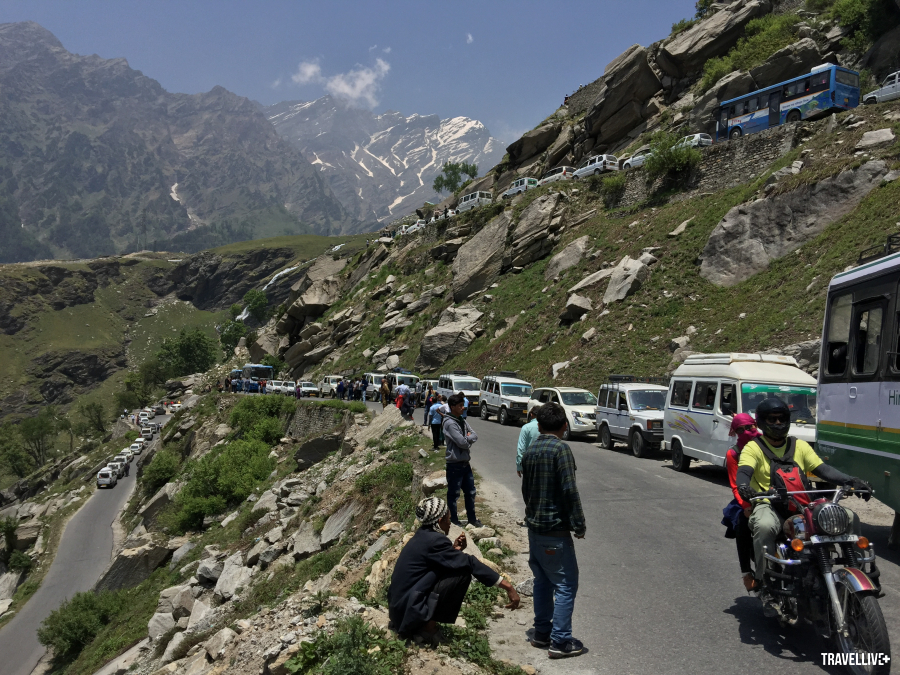

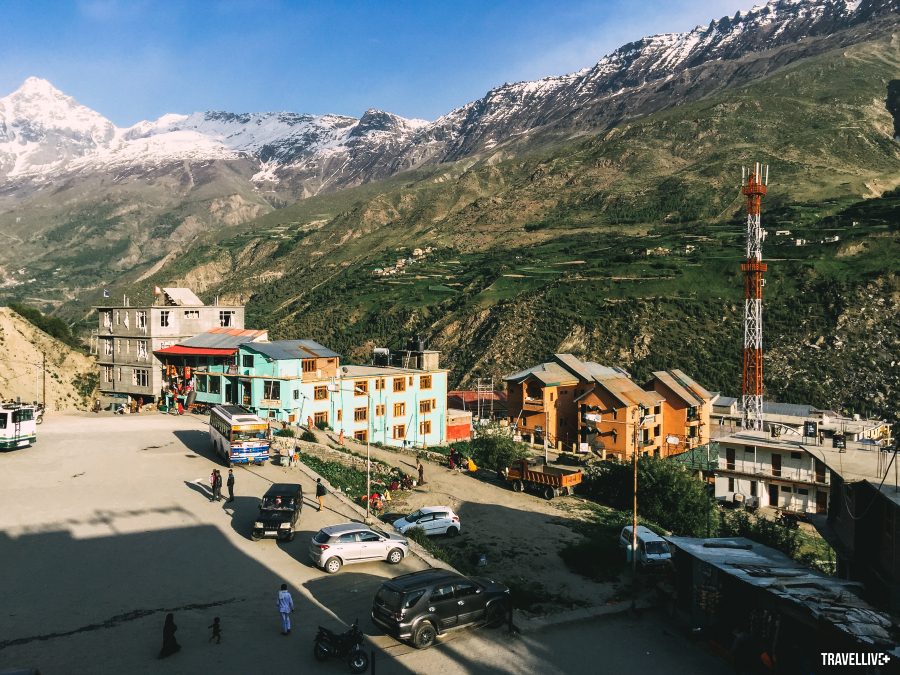
Those challenges were left behind when we reached Leh, the capital of Ladakh and the final destination of this bus. Every patch of vegetation was green. The first Ladakhis we met jumped on board to hitchhike. The atmosphere on the bus seemed to change completely, the vitality carrying a special energy. I took it as a warm welcome to the adventures ahead.






